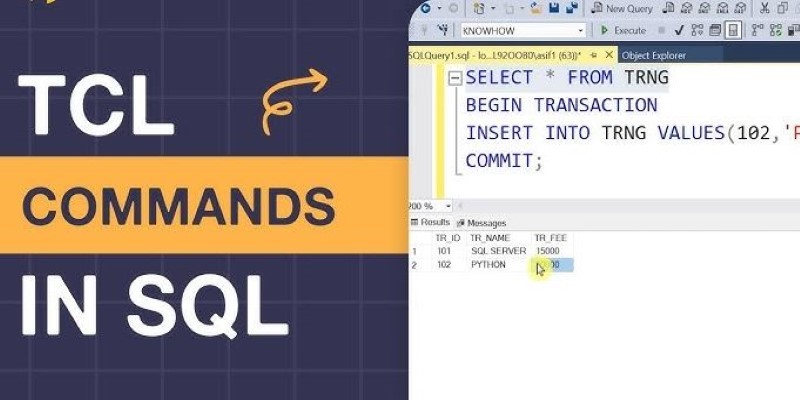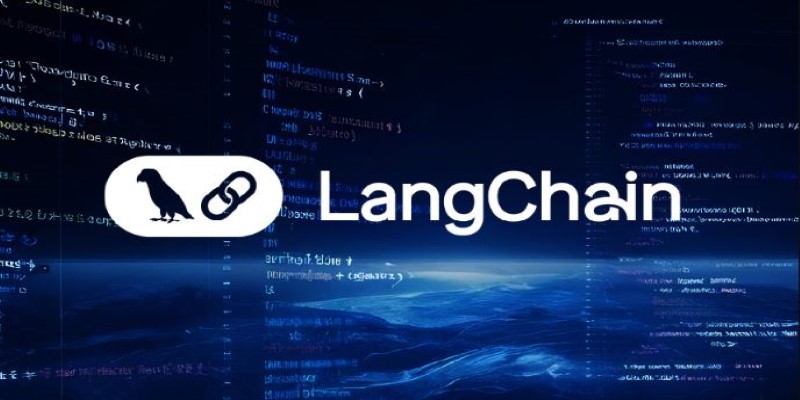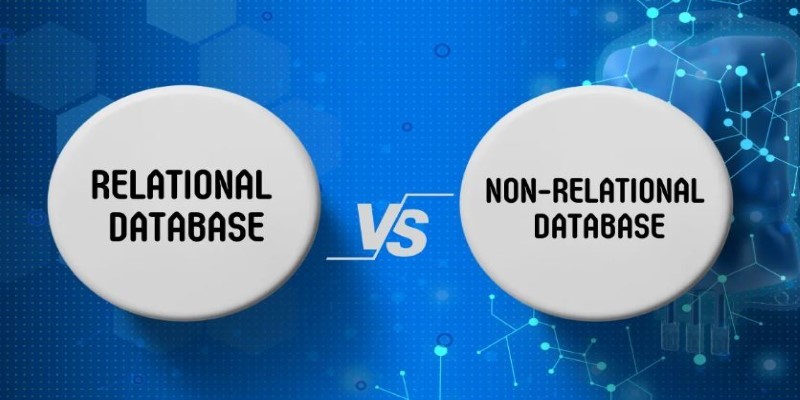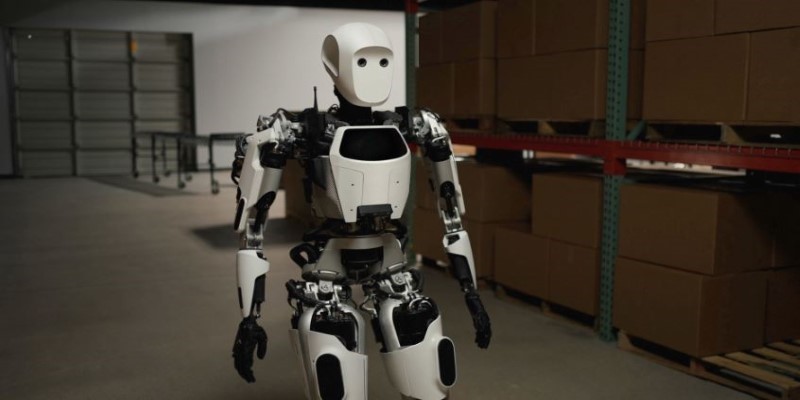Advertisement
AI isn't standing still—it's moving at a pace that's tough to keep up with. Every week brings a new model, a new tool, and a new ethical dilemma. In this chaos, AV Bytes has quietly become a steady voice, offering a clearer lens into the bigger picture. It doesn't just talk about what's trending; it pieces together how AI is truly evolving, from quiet research labs to mainstream deployment.
For those tired of the noise and looking for real insights, AV Bytes delivers snapshots that matter—stories of transformation, questions we can't ignore, and breakthroughs that might just shape everything next.
One of the key things that makes AV Bytes relevant is its ability to contextualize industry-level changes. The AI world is no longer dominated by a few key players racing to build bigger and faster models. Instead, we’re seeing decentralization. Small startups are beginning to drive innovation. Open-source frameworks are gaining traction. Academic and independent labs are pushing forward with research that was once the sole domain of corporate labs.
Another major shift is about how AI is being used. A few years ago, the dominant use case was prediction—recommendations, forecasting, and pattern matching. But now we're seeing an expansion into creation. Generative models are building images, composing music, writing scripts, designing code, and, in some cases, even producing synthetic data to train other models. This explosion of generative capacity has moved AI into the creative world in a way that's far more nuanced than many expected.
Equally important is the hardware narrative. With the growing appetite for more powerful models, we've seen companies scramble to find more efficient chips. AV Bytes frequently touches on these underlying shifts—pointing out how advancements in chip design, edge computing, and power optimization aren't merely engineering accomplishments; they're what make these models actually functional at scale.
We can't talk about shifts without addressing the regulatory landscape, either. The AI industry is being shaped not just by code but by law. As countries begin rolling out frameworks for AI use—especially around privacy, security, and fairness—platforms like AV Bytes help track how different regions approach the same big questions. These discussions aren’t abstract anymore; they impact funding, deployment, and public trust.
Among the most exciting themes in AV Bytes’ ongoing coverage are the technological breakthroughs that are quietly reshaping how AI functions. We’re talking about more than just faster models—these are foundational shifts.

Take multimodal models, for example. These are systems that can take in text, images, audio, and sometimes even video—all in one go—and produce output that reflects a deeper understanding of the combined inputs. This isn’t just about convenience; it’s about mimicking how humans actually perceive the world. These advances in multimodal AI are one of the most significant technological breakthroughs of the past two years.
Then there’s the growing sophistication in fine-tuning and adaptation. Large Language Models used to be monoliths—generalists trained once and deployed everywhere. Now, we’re seeing personalized models that adapt to specific users, industries, or tasks. AV Bytes often highlights these shifts as signs that AI is moving from one-size-fits-all to something closer to custom tooling.
Another space to watch is real-time AI. Systems are becoming fast enough to process data on the fly and adjust their behavior accordingly. This makes real-time translation, autonomous navigation, and even live video enhancement not just possible but practical. These aren’t niche innovations—they’re the groundwork for a future where AI is an ambient, always-on assistant.
What's often missing from big media stories, but not from AV Bytes, is a look at how these technological breakthroughs are being absorbed into the real world. From healthcare diagnostics to manufacturing optimization, from small business support tools to environmental modeling, AI is becoming more embedded in places that aren't always front-page news—but that is deeply consequential.
As all these shifts and breakthroughs unfold, the questions they raise are just as crucial as the tools themselves. That’s another strength of platforms like AV Bytes: they don’t stop at what’s new—they ask what it means.

Who gets to access these powerful models? How are biases being addressed in foundational datasets? What happens when a model “hallucinates” confidently incorrect information? And perhaps most urgently: how do we build systems that remain aligned with human values, especially as they scale beyond our capacity to fully understand every decision they make?
One of the most significant challenges in AI is that technical progress outpaces ethical reflection. AV Bytes provide space for both to move together. By keeping an eye on not only the capabilities but also the consequences, it plays a critical role in ensuring that excitement about technological breakthroughs doesn't drown out the need for caution.
There’s also a rising interest in "model transparency"—a buzzword that sounds neat but hides complex debates about explainability, auditability, and accountability. As AI makes decisions in areas like hiring, lending, policing, and health care, we need systems that don’t just work well but that we can interrogate and trust.
The hope is that by surfacing these issues early and often, the industry can build not just smart AI but good AI—systems that are beneficial, understandable, and subject to human oversight. And that’s a narrative AV Bytes is actively shaping.
The story of AV Bytes is ultimately a reflection of how fast and unpredictable the AI world has become. It isn’t just a tool for tracking updates — it’s a lens through which we understand deeper industry shifts and meaningful technological breakthroughs. As artificial intelligence continues to shape everything from daily life to global industries, resources like AV Bytes remind us that staying informed is more important than ever. The future of AI will not be built in isolation; innovation, ethics, and global collaboration will shape it. And AV Bytes will be there, capturing that journey in real-time.
Advertisement

How the Chain of Verification enhances prompt engineering for unparalleled accuracy. Discover how structured prompt validation minimizes AI errors and boosts response reliability

How self-driving tractors supervised remotely are transforming AI farming by combining automation with human oversight, making agriculture more efficient and sustainable

How the ElevenLabs API powers voice synthesis, cloning, and real-time conversion for developers and creators. Discover practical applications, features, and ethical insights

Accessing Mistral NeMo opens the door to next-generation AI tools, offering advanced features, practical applications, and ethical implications for businesses looking to leverage powerful AI solutions

Understand how TCL Commands in SQL—COMMIT, ROLLBACK, and SAVEPOINT—offer full control over transactions and protect your data with reliable SQL transaction control

A former Pennsylvania coal plant is being redeveloped into an artificial intelligence data center, blending industrial heritage with modern technology to support advanced computing and machine learning models

How to compute vector embeddings with LangChain and store them efficiently using FAISS or Chroma. This guide walks you through embedding generation, storage, and retrieval—all in a simplified workflow

Building smart AI agents with LangChain enables developers to create intelligent agents that remember, reason, and act across multiple tools. Learn how the LangChain framework powers advanced prompt chaining for real-world AI automation

Understand the Difference Between Non Relational Database and Relational Database through clear comparisons of structure, performance, and scalability. Find out which is better for your data needs

How the AI Robotics Accelerator Program is helping universities advance robotics research with funding, mentorship, and cutting-edge tools for students and faculty

What Hannover Messe 2025 has in store, from autonomous robots transforming manufacturing to generative AI driving innovation in industrial automation

Find out the Top 6 Humanoid Robots in 2025 that are transforming industries and redefining human-machine interaction. Discover how these advanced AI-powered robots are shaping the future of automation, customer service, and healthcare